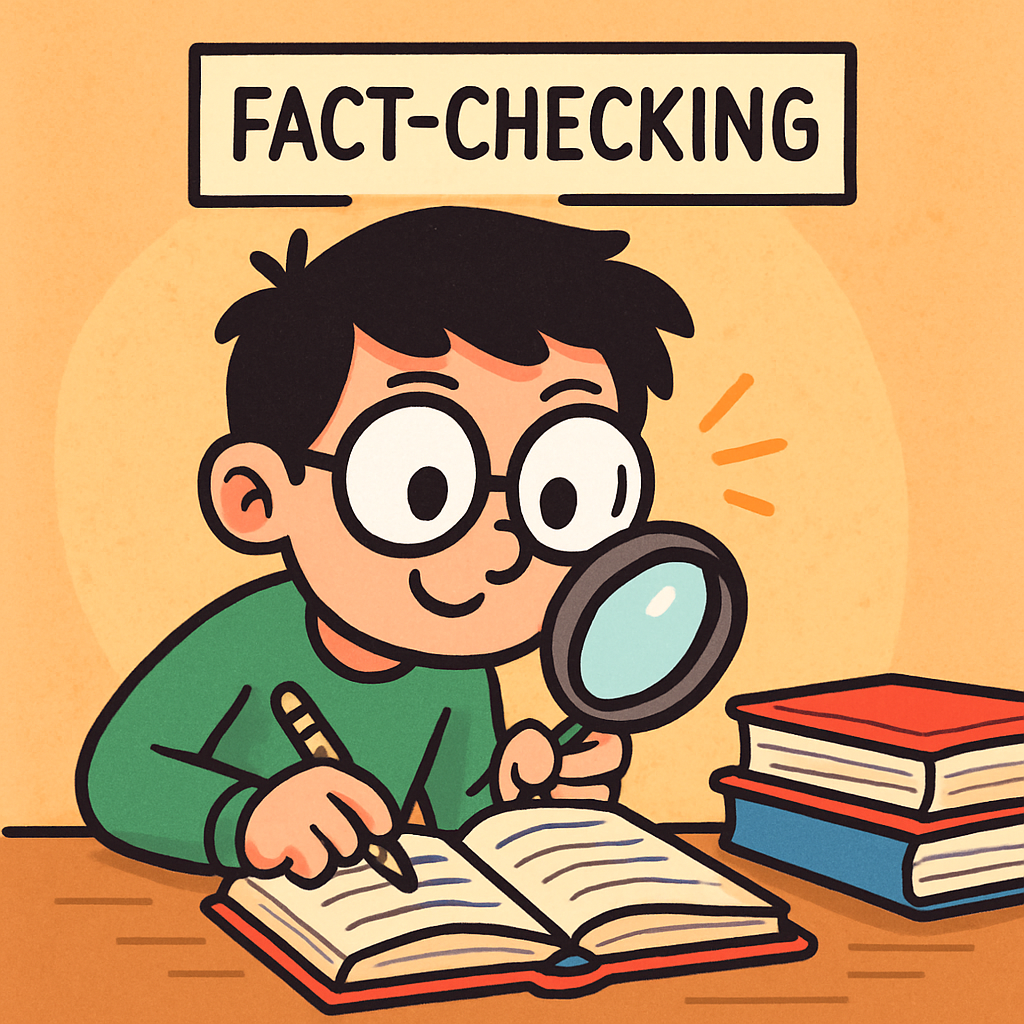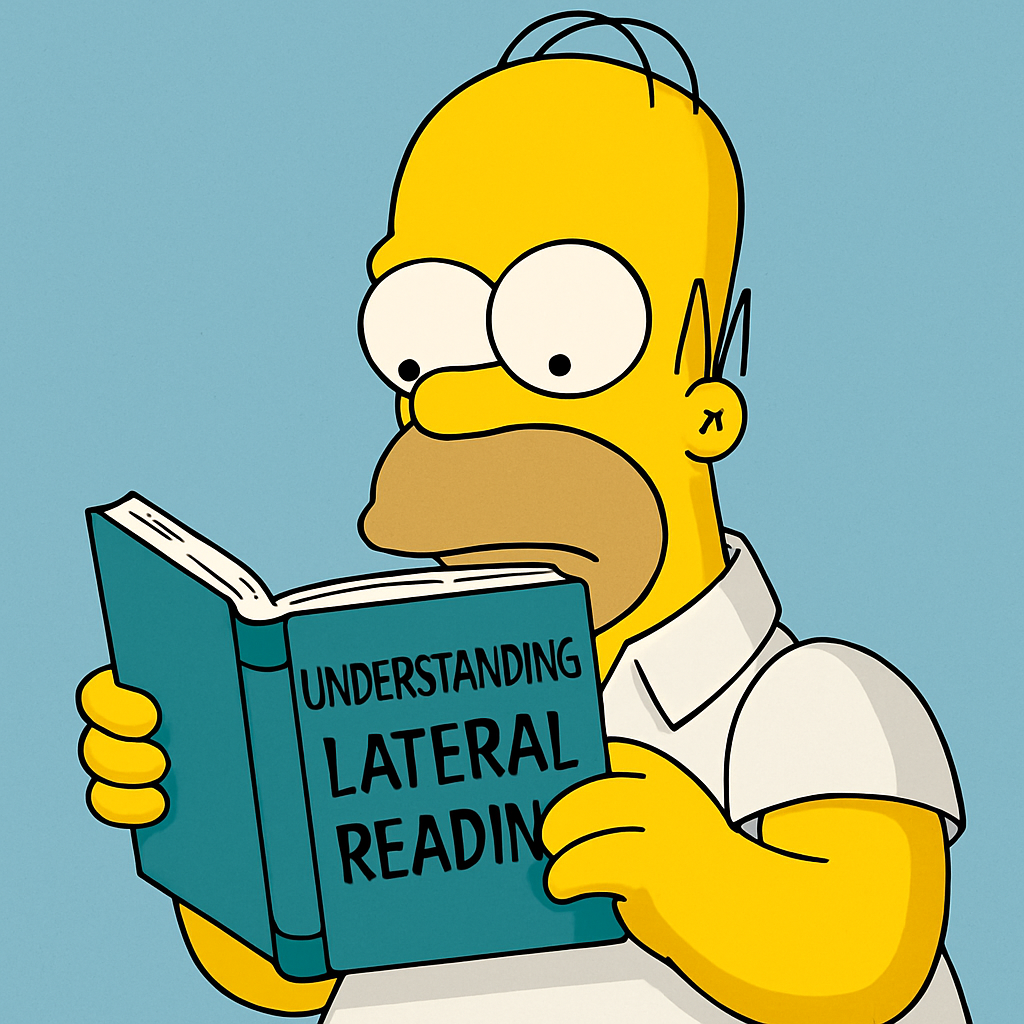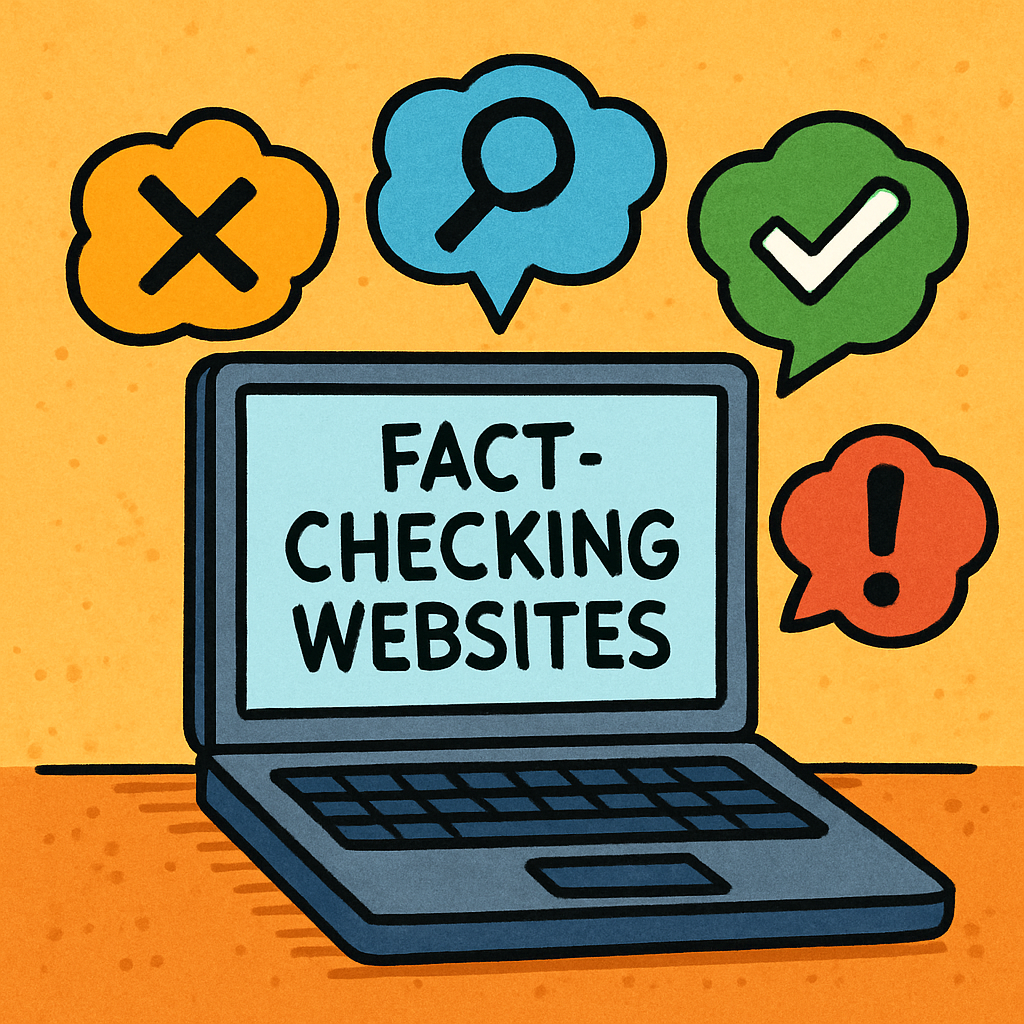 What is Fact-Checking and Why Does It Matter?
What is Fact-Checking and Why Does It Matter?
Fact-checking is the process of verifying whether information is accurate, inaccurate, or misleading. It involves examining claims, sources, and evidence to determine their reliability. Imagine yourself as an online detective: you search for evidence to confirm if something is genuine or fabricated.
This skill is essential because the internet contains a vast amount of false information, which can deceive individuals, propagate rumours, or even lead to harmful consequences. For instance, a fabricated news article might lead you to form incorrect beliefs about a historical event or a public figure. Inaccurate information can influence opinions, decisions, and actions in everyday life.
By developing fact-checking abilities, you will be equipped to make informed choices and refrain from disseminating unreliable content. In this lesson, you will explore key tools and techniques, including lateral reading, reverse image search, and reputable fact-checking websites such as Snopes, Full Fact, and Reuters Fact Check. These methods will enable you to identify false, misleading, or exaggerated statements encountered online.
A fundamental aspect of fact-checking is critical thinking. Always pose questions to yourself, such as: Is this information accurate? What evidence supports it? Who is the source, and do they have a bias?
 What is Lateral Reading?
What is Lateral Reading?
Lateral reading is a systematic approach to verifying information by consulting multiple external sources, rather than relying solely on the content of a single webpage. This method involves opening additional browser tabs to explore what reputable sources report on the same topic, thereby enabling you to assess the accuracy and credibility of the original claim.
In an era where misinformation can spread rapidly online, lateral reading empowers you to evaluate claims critically. By cross-referencing information, you can identify biases, inconsistencies, or falsehoods that might not be apparent from one source alone. This technique fosters a deeper understanding and helps prevent the acceptance of unverified facts.
For instance, if you encounter a statement asserting that 'eating chocolate enhances intelligence,' resist accepting it at face value. Instead, search for this claim on reliable platforms to determine its validity based on scientific studies or expert opinions.
 How to Perform a Reverse Image Search
How to Perform a Reverse Image Search
A reverse image search is a valuable technique that allows you to upload or input an image to discover its original source, similar images, or whether it has been altered. This method is particularly useful for identifying manipulated or fake photographs that circulate online, helping you to verify the authenticity of visual content.
In the digital age, images can be easily edited or taken out of context to support misleading claims. By conducting a reverse image search, you can uncover the true origins of a photo, detect alterations, and assess its credibility. This skill complements other fact-checking strategies and empowers you to make informed judgements about the information you encounter.
Navigate to a search engine that supports reverse image searches, such as Google Images.click on the camera icon in the search bar, which represents the reverse image search function.upload an image from your device or paste the URL of an image found online.For example, if you come across a social media post featuring an image of a gigantic cat roaming a city street, perform a reverse image search. The results might reveal that the photo has been digitally manipulated or originates from a film special effects demonstration.

Fact-checking websites are dedicated platforms that systematically verify the accuracy of claims, statements, and information circulating online or in the media. These resources employ rigorous methods to investigate whether information is true, false, or misleading, drawing on evidence from credible sources.
Here are some reliable websites you can use to check facts. We have included options with a focus on global, UK, and Irish contexts to make them relevant to you:
For example, if you encounter a claim such as 'Leprechauns are real and guard pots of gold in Ireland,' search for it on Snopes or The Journal FactCheck to discover it is a myth rooted in folklore, with no factual basis.
 Identifying False or Exaggerated Claims
Identifying False or Exaggerated Claims
Misleading information often appears in the form of claims that are partially true but distorted, or entirely fabricated. Developing the ability to spot such information requires the application of critical thinking skills. This involves questioning the origin of the claim, the motivations behind it, and the supporting evidence provided.
In the digital world, misleading claims can influence opinions and decisions. By learning to identify them, you protect yourself from being deceived and contribute to a more informed online community. This skill helps you discern fact from fiction and prevents the spread of inaccurate information.
For example, consider a headline stating 'Video Games Make You Violent.' Investigate by searching for scientific studies on the topic. You may find that while some research suggests a correlation, the claim is often exaggerated, as no direct causation has been definitively proven.